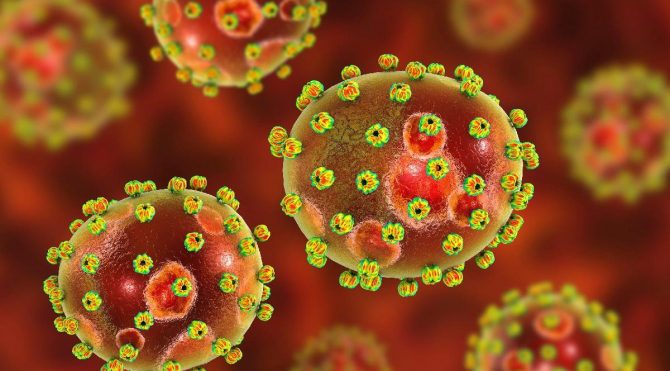Symptoms and signs of Lassa Fever typically occur 1-3 weeks after virus exposure, but with Lassa fever the symptoms are very different and not disease-specific. Therefore, clinical diagnosis is often difficult. Here’s what Lassa fever is and what you need to know about it.
WHAT ARE THE LASSA FIRE SYMPTOMS?
Symptoms and signs of Lassa Fever typically occur 1-3 weeks after contact with the virus. Symptoms are mild and undiagnosed in approximately 80% of patients. Mild symptoms include mild fever, headache, general malaise and weakness. Symptoms can become serious in 20% of infected people. Bleeding (such as gums, eyes or nosebleeds), respiratory distress, recurrent vomiting, facial edema, chest, back, abdominal pain and shock may develop. Neurological problems such as encephalitis, tremors and hearing loss have also been described. Within two weeks of the appearance of the first symptoms, death due to multiple organ failure may occur (15-20% of hospitalized cases). The mortality rate is higher in pregnant women who have the disease, especially in the third trimester. Spontaneous abortion; it is a serious complication that results in the death of 95% of the fetuses of infected mothers.
The most common complication of Lassa Fever is deafness. Approximately 1/3 of the cases have varying degrees of deafness and are permanent in most. As far as is known, the severity of the disease does not affect this complication, and in severe cases, deafness may develop in mild cases.
HOW DOES LASSA FIRE COME?
Lassa Fever is an animal-borne disease. Its vector is Mastomys natalensis, known as the multi-mammal rat “Multimammate rat”. Once this rodent has been infected, it removes the virus in the urine for a long time. Mastomys rodents are commonly found in savannas and forests in West, East and Central Africa. They settle easily in homes and in basements where food is stored.
Infection of the Lassa virus to humans occurs most often through food and respiration. Infection can develop by direct contact with the interests (urine, feces) of Mastomys rodents, touching objects contaminated by the interests, eating contaminated food, or exposure to open wounds and cuts. It can also be transmitted by inhalation of infected small particles that enter the air during vacuuming of rodent habitats, and in addition when rodents are caught and prepared for consumption as food. There is transmission from person to person (by contact with the sick person’s blood, tissue, secretion and interests). Especially in health care units, the transition from person to person is common if adequate personal protective measures are not taken (nosocomial infection). Lassa virus can also spread through contaminated medical materials such as needles and syringes that are used repeatedly.
WHAT IS THE TREATMENT OF LASSA Fever Disease?
Symptoms in Lassa Fever are very different and not specific to the disease. Therefore, clinical diagnosis is often difficult. Serological tests are most often used for diagnosis. Successful results are obtained with Ribavirin, an antiviral drug in the treatment. The drug has been shown to be very effective if given early in the disease. Patients should also receive supportive therapy for symptoms.




